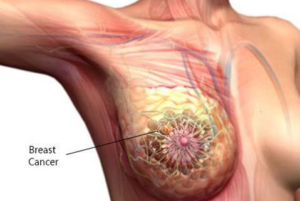
Cancer is the uncontrolled cell division or proliferation, which can lead to untimely death. Cancer can spread to almost every part of the body. Some types of cancer tend to spread to certain parts of the body. For example: Breast cancer tends to spread to the bones, liver, lungs, chest wall, and brain.
According to research, cancer may be caused by unevenness in the body and can be treated by improving this difference. One of the treatment options is chemotherapeutic but they have resistance as well as many adverse effects that prevent their usage.
Breast Cancer
Breast cancer seems to be the commonest of all the cancers, with invasive breast cancer affecting 1 in every 8 women in the United States during their lifetime. It even occurs in men, though male breast cancer accounts for less than 1% of all breast cancer case.
Lately, the rate of occurrence of breast cancer have dropped in developed countries due to early detection and screening. The American Cancer Society (ACS) reports that the chance of dying from breast cancer is around 1 in 38 (2.6%).
What are the symptoms of stage 1 breast cancer?
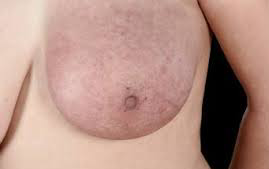
Breast cancer manifests different symptoms in different people, some don’t even show signs and symptoms at all. Some common early symptoms includes;
- Pain in any area of the breast that doesn’t go away after your next period
- Changes in the shape of your nipples(sunken or inverted)
- New lumps on the breast, around the collarbone or under the arm pit
- Nipple discharge from one breast that’s clear, red, brown, or yellow
- Peeling, flaking, or scaling of the skin of the breast or nipple
- Change in the size or shape of the breast
- Swelling or thickening of parts of the breast.
- Rashes around the nipple
Although most breast lumps are not cancerous, anyone who notices a breast lump should have it checked by a healthcare professional.
Later signs and symptoms of breast cancer includes;
- Enlargement of breast or just one breast
- Dimpling of the breast surface
- An existing lump that gets bigger
- An “orange peel” texture to the skin
- Poor appetite
- Unintentional weight loss
- Enlarged lymph nodes in the armpit
- Visible veins on the breast
It is important to note that these symptoms can happen with other conditions that are not cancer.
Breast Cancer Causes
There is no single cause for breast cancer, it results from a combination of the way we live our lives, our genes and our environment. The following risk factors increases your chances of breast cancer;
- Age
- Sex/gender
- Smoking
- Alcoholism
- Family history
- Obesity
- Radiation exposure
- Hormonal replacement therapy
How to Avoid Breast Cancer
The following healthy practices helps prevent the occurrence of breast cancer;
Maintain a Healthy Weight
This is not really easy as it sounds but it’s possible. Being overweight increases your chances of having breast cancer. You can reduce the amount of your calorie intake and increase work outs to achieve a healthy weight.
Exercise More
Physical exercises helps you keep your weight in check, which helps prevent breast cancer. Every healthy adult should aim for at least 150 minutes a week of moderate aerobic activity or 75 minutes of vigorous aerobic activity weekly, plus strength training at least twice a week.
Eat More Fruits and Vegetables
Fruits and vegetables contain lots of flavonoids which have anticancer properties. Healthy diets can help lower the risk of breast cancer. Eating foods such as onions, Tumeric, kale, broccoli, eggplant, celery, red peppers, tomatoes, apples, and berries are also helpful.
Avoid Smoking
Not only does smoking increase your risk of breast cancer, it also increases your chances of heart diseases, stroke and other kinds of cancer.
Limit Alcohol Intake
Limiting alcohol intake can be very helpful, since the more you drink, the greater your risk of developing breast cancer. The general recommendation — based on research on the effect of alcohol on breast cancer risk — is to limit yourself to no more than one drink a day, as even small amounts increase risk.
Avoid Birth Control Pills, After the of Age 35
Women that take birth control pills after 35 years of age, have a higher risk of breast cancer. The younger a woman is, the lower the risks are.
Although, long-term use can also have important benefits, like lowering the risk of ovarian cancer, colon cancer and uterine cancer – not to mention unwanted pregnancy – so there’s also a lot in its favour. If you’re very concerned about breast cancer, avoiding birth control pills is one option to lower risk.
Limit Postmenopausal Hormone Therapy
Menopausal hormone therapy shouldn’t be taken long term to prevent chronic diseases. Studies show it has a mixed effect on health, increasing the risk of some diseases and lowering the risk of others. And both estrogen-only hormones and estrogen-plus-progestin hormones increase the risk or causes breast Cancer
If women do take menopausal hormone therapy, it should be for the shortest time possible. The best person to talk to about the risks and benefits of menopausal hormone therapy is your doctor.
Treatment
There are so many ways breast cancer can be treated. They include;
- Surgery
- Chemotherapy
- Biological therapy
- Hormonal therapy
- Radiation therapy
Choice of Breast Treatment
People with breast cancer often get more than one kind of treatment. Your doctor will think about a few things before they recommend a treatment for you:
- The type of breast cancer you have or the possible causes of breast cancer
- The size of your tumor and how far the cancer has spread in your body, called the stage of your disease
- Whether your tumor has things called receptors for HER2 protein, estrogen, and progesterone, or other specific features.

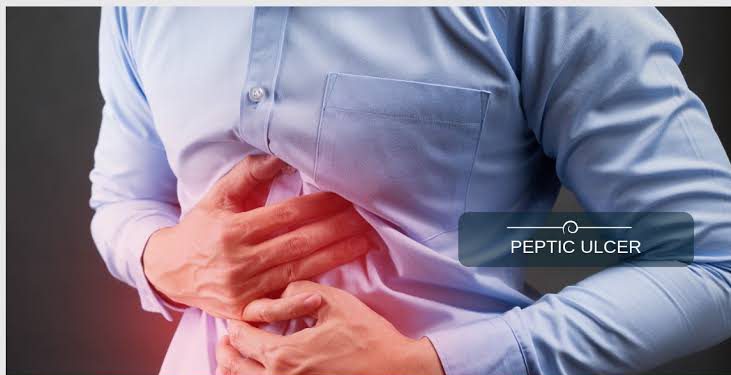
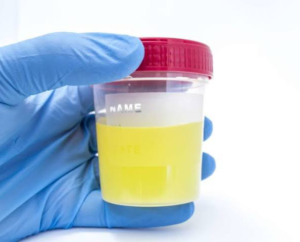
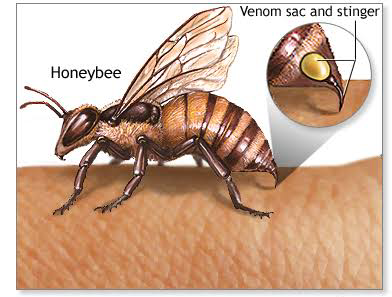



Leave a Reply